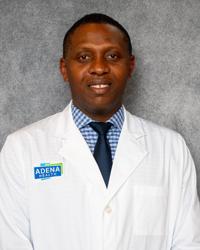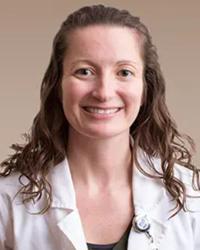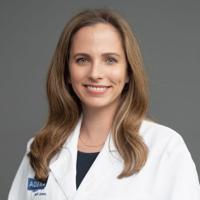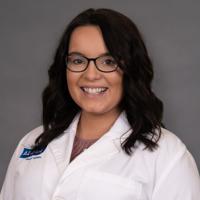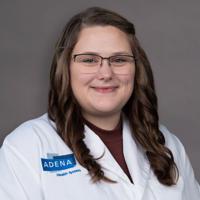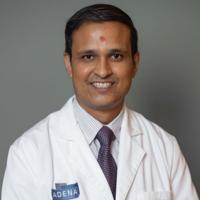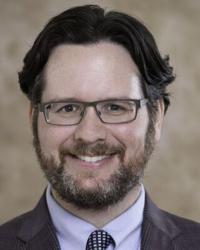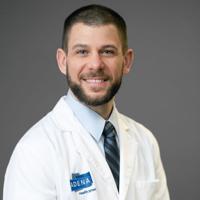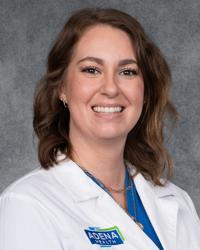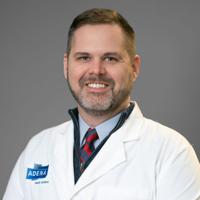Support and Resources
Because no one should have to go through the journey alone, we offer support groups and nurse navigators to help guide you along your way.
Our Patient Navigators not only provide comfort and answer patients’ questions, but also take the burden from patients by scheduling appointments and procedures. Patient Navigators work with multiple departments to make sure patients receive the care they need as quickly and efficiently as possible. Patient Navigators also give patients a printed schedule of appointments, tests and procedures.
Along with our Patient Navigators, there are also support groups designed to help you along the way. You can ask questions, talk to others who have been in your shoes before or just listen.
Smoking Cessation
Start your journey to a smoke free life today with Adena's Smoking Cessation Clinic.
Learn more →Tammy McManus BSN, RN, OCN, lung cancer nurse navigator

Tammy has been a nurse for 33 years and with Adena Oncology Services for 28 of them. During her career, she has had the opportunity to serve in many different roles: manager, interim director, clinical trials nurse, and chemotherapy infusion nurse. She became the colorectal nurse navigator in 2010 and became the lung cancer nurse navigator in 2011. “The navigator position is unique because the field of oncology is always changing and patients can easily become confused or lost in the system,” McManus says. “I get to guide them through the entire process, from diagnosis to treatment, and provide emotional and spiritual support along the way.”
